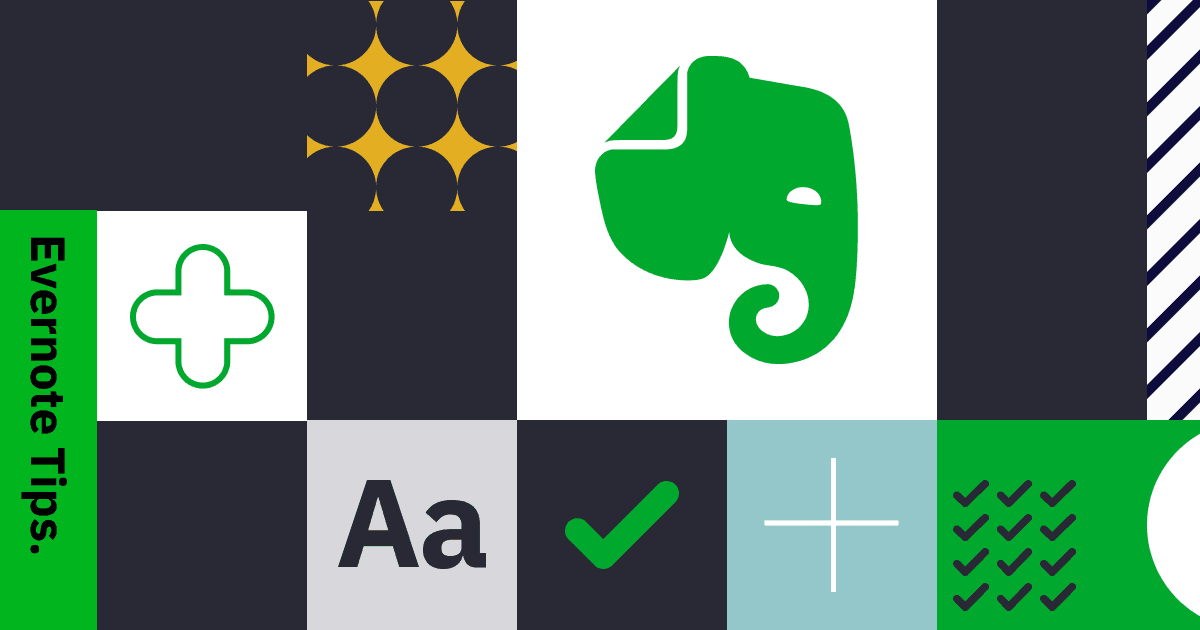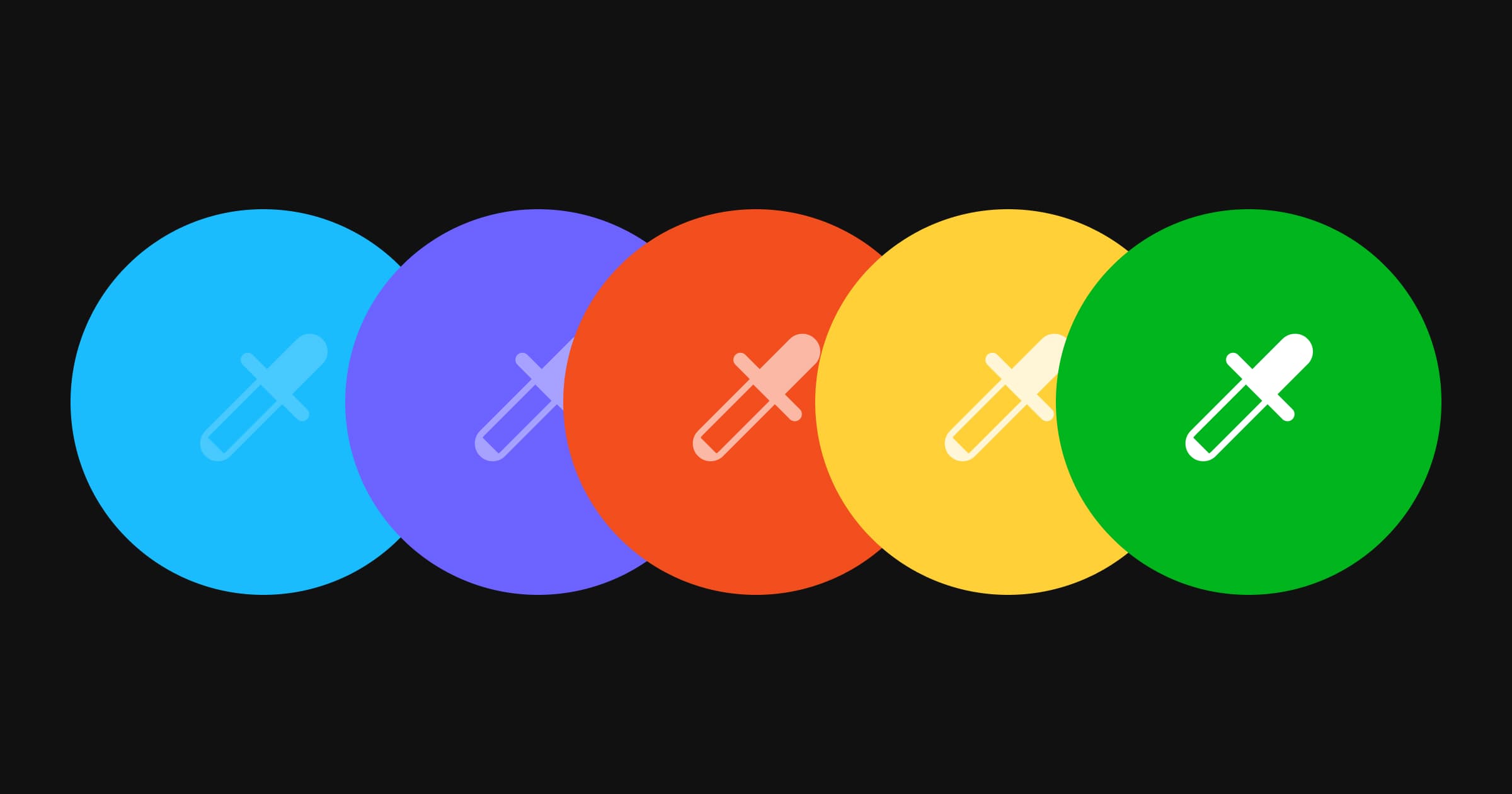Learn from Building A Second Brain
Thoughts of Note-taking after reading Tiago Forte's Building A Second Brain

Just finished reading "Building A Second Brain" by Tiago Forte. It's a profound piece that makes me rethink my note-taking tools & strategy. I've known Tiago Forte a while ago to apply the P.A.R.A organization method for Evernote but it wasn't the time when everyone talked about personal knowledge management (PKM). Here're 3 new mindsets that inspired me to change after reading Building A Second Brain:
Rethinking how note-taking apps should work for me?
One big change after reading Building a Second Brain is treating note-taking apps as a knowledge base instead of software where you jot notes. When I was studying at school, regrettably, there wasn't any syllabus or curriculum on learning how to organize digital knowledge & information productively, but my realization is it's crucially important to learn how to deal with over-information, organize them and connect them in a way that is meaningful to myself.
Knowledge is fragmented these days, knowledge previously contained in a book is now distributed across multiple blog posts, youtube videos, podcasts or even reels. Consuming multimedia and distilling those information to become my own knowledge is a big step of change when we think about note-taking. (Kudos to Readwise Reader’s advance feature to watch saved videos & transcript at the same time to highlight)
![]()
Second brain will become my own reliable knowledge source (instead of googling keywords every time as search algorithms could change over time) and it will be faster & more productive, as I get all the content I need when I start a new project. I would save time on finding stuff and start processing it right away (Distill stage).
Accessibility of notes: how do we store notes & how to find them?
Tags were amazing when I first used Evernote compared to traditional tree-structured directories. However, as time past, I forgot how I named the old tags and created a new one instead. (Remember to read the bonus chapter on tagging system right now). At the same time, I followed what most note apps recommended, notes were separated into basically two pools, "Inbox" and "Library". Even if I am able to process all incoming new notes, searching on related topics would take multiple tries to locate.
The book introduced an important concept, organize your notes not according to where you access the information but where you are going to use it. Instead of "Book Summary", "Meeting notes," or "Inspiration" notebook, make the destination actionable so it will be easier to reach (e.g, notes about building a second brain or helping myself manage a successful team). Favor a structure that will tell you exactly how to achieve certain tasks. I have also refined my primary goal of using note-taking app to make knowledge and information as easily and frequently accessible. That's what success looks like for my project of building a second brain.
Of course, recategorizing my 1000+ notes requires a lot of effort. Therefore, I started from my inbox this month and hope to work my way back in time.
No notes will ever be final
Notes should be activated at different points of time (Collect when you noticed it would be useful, Organize when you have time to tag it or summarize it, Distill when you find it useful for a new project, Express it into your creation whether it's a writing, presentation or any work that you do). If not, it won’t be any different from physical notebooks that you put inside a box in storage unit, it would become a part of memory instead of your active brain.
The CODE method as I recognized, is also harnessing the power of Spaced Repetition, at least 4 occasions that you’ve activated your memory on the note, and it’s ever-changing. After the project end, it can be repurposed and reactivated in the future.
Tiago ForteIt’s not natural for humans to completely reorganize their entire world all at once. There are too many layers, too many facets of a human life, to perfectly square every little detail.
Recognizing the fact that my note system will not settle, even my trials with new note-taking apps will be never-ending. The process of CODE ask for little time of mine to offload the information to the second brain. And I am confident that this will transform how I work with notes in the future and Even though I would like to learn a more complicated setup, I recognize one definite fact - the less complicated and easier my setup is the more likely my second brain will be successful.

